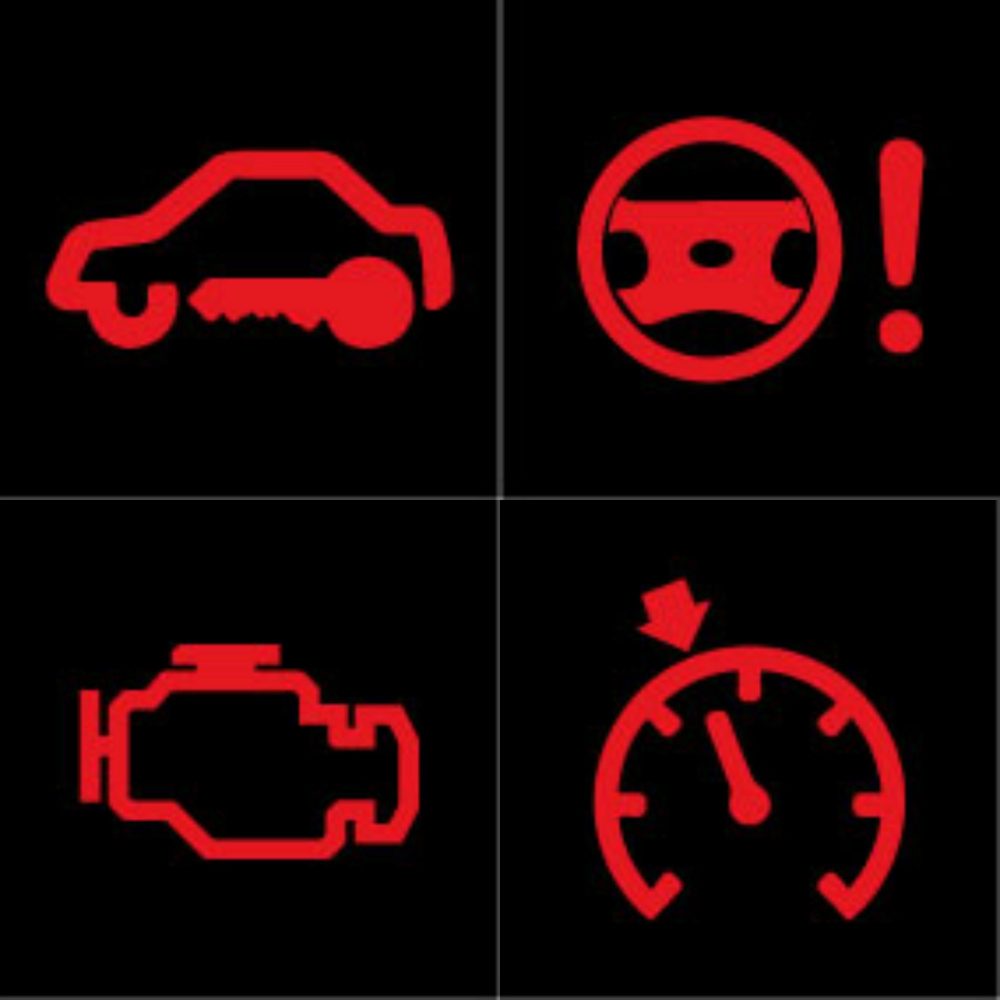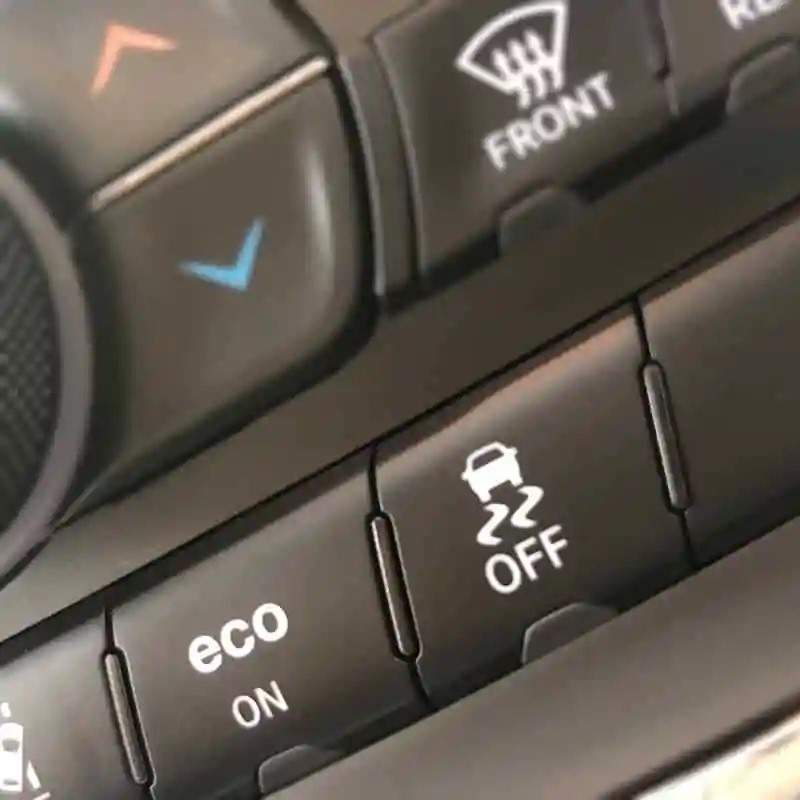Have you ever glanced at your dashboard and seen a mysterious VSC light illuminated? Don’t panic! While it can be concerning, the VSC light is there to warn you of a potential issue with your vehicle’s stability control system. Let’s delve deeper into what the VSC light means, what might cause it to turn on, and the steps you can take to address it.

VSC: Your Guardian Angel on the Road
VSC stands for Vehicle Stability Control. This ingenious system acts as an electronic guardian angel, constantly monitoring your car’s stability, particularly during sharp turns or slippery road conditions. If the car senses a loss of traction, the VSC system intervenes by automatically reducing engine power and applying brakes to individual wheels. This helps to correct the vehicle’s trajectory and prevent a skid or spinout, potentially saving you from an accident.

Why Does the VSC Light Come On?
There are several reasons why the VSC light might illuminate on your dashboard. Here are some of the most common culprits:
- Sensor Malfunction: The VSC system relies on a network of sensors to monitor wheel speed, steering angle, and yaw (the car’s rotation around its vertical axis). If a sensor malfunctions or becomes dirty, the system may not receive accurate data, leading to the VSC light turning on.
- ABS Issues: The Anti-lock Braking System (ABS) and VSC often work hand-in-hand. A problem with the ABS system can also trigger the VSC light, as both systems share some components.
- Faulty Wheel Speed Sensor: This sensor plays a crucial role in monitoring individual wheel speeds. If a wheel speed sensor malfunctions, the VSC system may not be able to determine which wheels have lost traction, hindering its ability to function properly.
- Low Brake Fluid: Believe it or not, low brake fluid can also trigger the VSC light. This is because the VSC system often utilizes the hydraulic pressure of the brake system to operate.
- Loose Gas Cap: This might seem like an odd one, but a loose or faulty gas cap can disrupt the car’s computer system, leading to a variety of warning lights, including the VSC light.

What to Do When the VSC Light Comes On
If you see the VSC light illuminated, here’s how to proceed:
- Stay Calm: Don’t panic! The car is still drivable, but it’s important to exercise caution, especially on slippery roads or during sharp turns.
- Consult Your Owner’s Manual: Your car’s owner’s manual will provide specific instructions on what to do when the VSC light comes on. It may also offer troubleshooting tips or suggest if it’s safe to continue driving.
- Visually Inspect: Take a quick look around your tires. Check for any uneven wear or damage that could be causing a traction issue.
- Check the Brake Fluid Level: Open the hood and locate the brake fluid reservoir. Consult your owner’s manual for the proper fluid level and top it off if necessary. Remember, never use brake fluid that doesn’t meet the manufacturer’s specifications.
- Turn Off and Restart: Sometimes, a simple computer glitch can trigger the VSC light. Turning off the engine and restarting it can sometimes resolve the issue.

When to Seek Professional Help
If the VSC light remains illuminated after these initial checks, it’s best to schedule an appointment with a qualified mechanic. They can use diagnostic tools to identify the root cause of the problem and recommend the appropriate repairs. Ignoring a persistent VSC light can be dangerous, as it signifies a potential issue with your car’s stability control system.
Benefits of professional diagnosis and repairs
While the urge to tinker and fix things yourself is understandable, there are significant advantages to seeking professional diagnosis and repairs for your car. Here’s why leaving it to the experts can save you time, money, and potentially even your safety.
Expertise and Experience:
Qualified mechanics possess a wealth of knowledge and experience gained through years of training and working on various car models. They can quickly diagnose complex issues that might leave you scratching your head. This expertise ensures the repairs are done correctly the first time, preventing further problems down the road.
Access to Specialized Tools and Equipment:
Modern cars are intricate machines packed with sophisticated technology. Professionals have access to specialized diagnostic tools and equipment that allow them to pinpoint the exact cause of a malfunction. This level of precision is often impossible to achieve with a basic toolbox at home.
Warranty and Guarantee:
Many repairs come with a warranty or guarantee, offering peace of mind and financial protection. If the problem resurfaces within a specific timeframe, the repair shop will rectify it free of charge. This provides a safety net unavailable when attempting DIY repairs.
Preventing Further Damage:
Attempting to fix a car problem without proper knowledge can lead to further damage. Professionals understand the intricate workings of a car and can identify the root cause of the issue without causing additional complications. This saves you the stress and expense of dealing with a bigger problem later.
Safety First:
Some car repairs, particularly those involving electrical systems or brakes, can be dangerous if not done correctly. Professionals prioritize safety and adhere to strict safety protocols to ensure their work doesn’t compromise your car’s functionality or put you at risk.
Saving Time and Money:
While the initial cost of a professional repair might seem higher, it can actually save you money in the long run. DIY attempts could lead to wasted time, frustration, and potentially, the need for a professional to fix your botched attempt. Professionals work efficiently, minimizing downtime and ensuring the job is done right the first time.
Learning From the Experts:
Reputable repair shops often explain the problem and the repair process to their customers. This allows you to gain valuable knowledge about your car and potential future issues. You can leverage this knowledge to make informed decisions about car maintenance and avoid similar problems in the future.
Overall Peace of Mind:
Knowing your car is in the hands of a qualified professional provides peace of mind. You can be confident that the repairs are done correctly, using high-quality parts, and that your car is safe to drive. This allows you to focus on the road and enjoy the driving experience.
While there’s a certain satisfaction in fixing things yourself, when it comes to car repairs, the benefits of professional help are undeniable. Their expertise, tools, and commitment to safety ensure your car runs smoothly and keeps you safe on the road.

Additional Tips for Maintaining VSC Functionality
Here are some ways to keep your VSC system functioning optimally:
- Regular Maintenance: Regular maintenance, including tire rotations, wheel alignments, and brake checks, can help to prevent problems that could trigger the VSC light.
- Avoid Modifications: Extensive modifications to your car’s suspension or wheels can affect the way the VSC system functions. Consult your car’s manual or a qualified mechanic before making any significant modifications.
The VSC light serves as a valuable warning system, reminding you that your car’s stability control system might not be functioning at its best. By understanding what the light means, the potential causes, and the appropriate actions to take, you can ensure your car remains safe and stable on the road.





